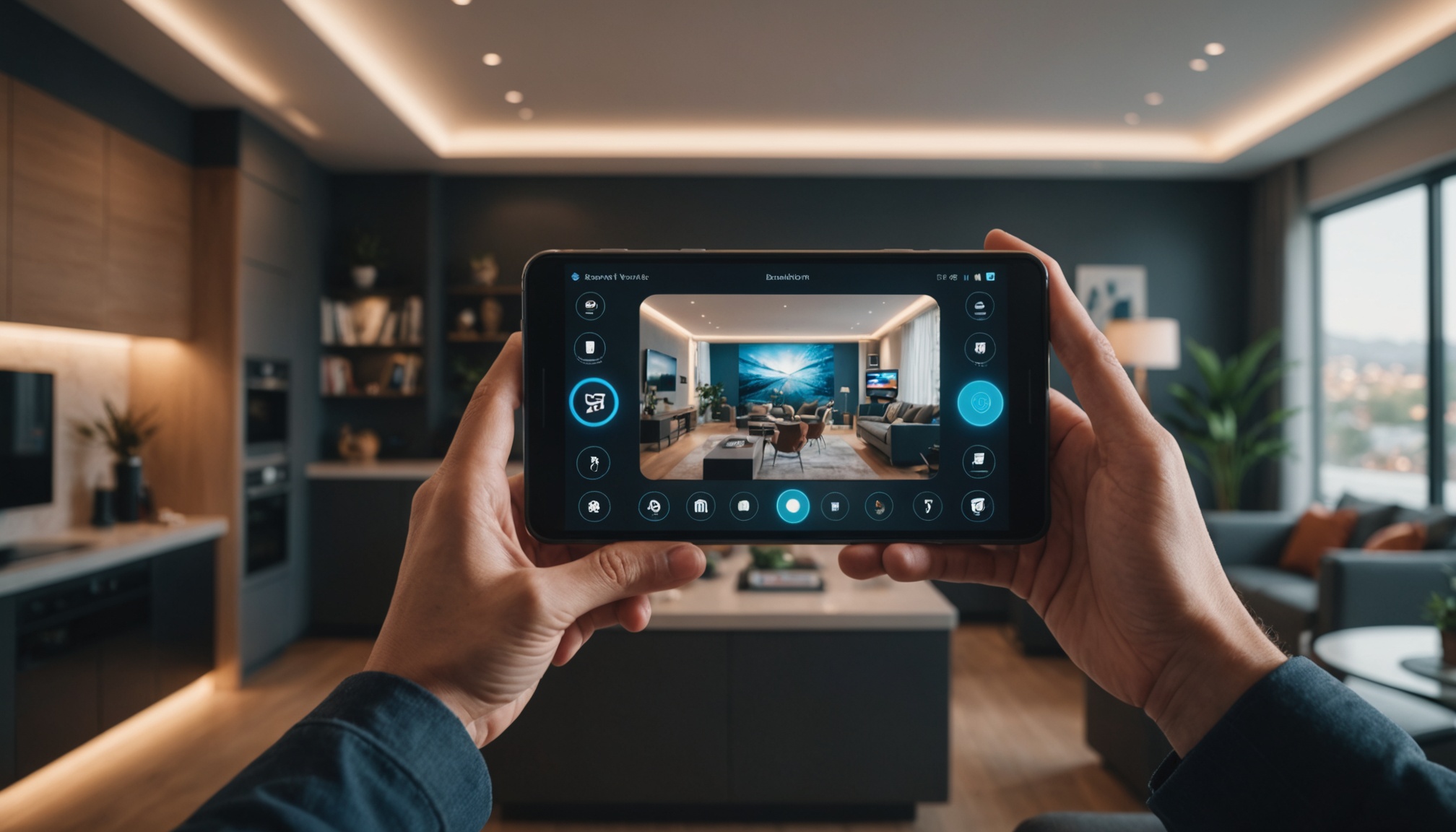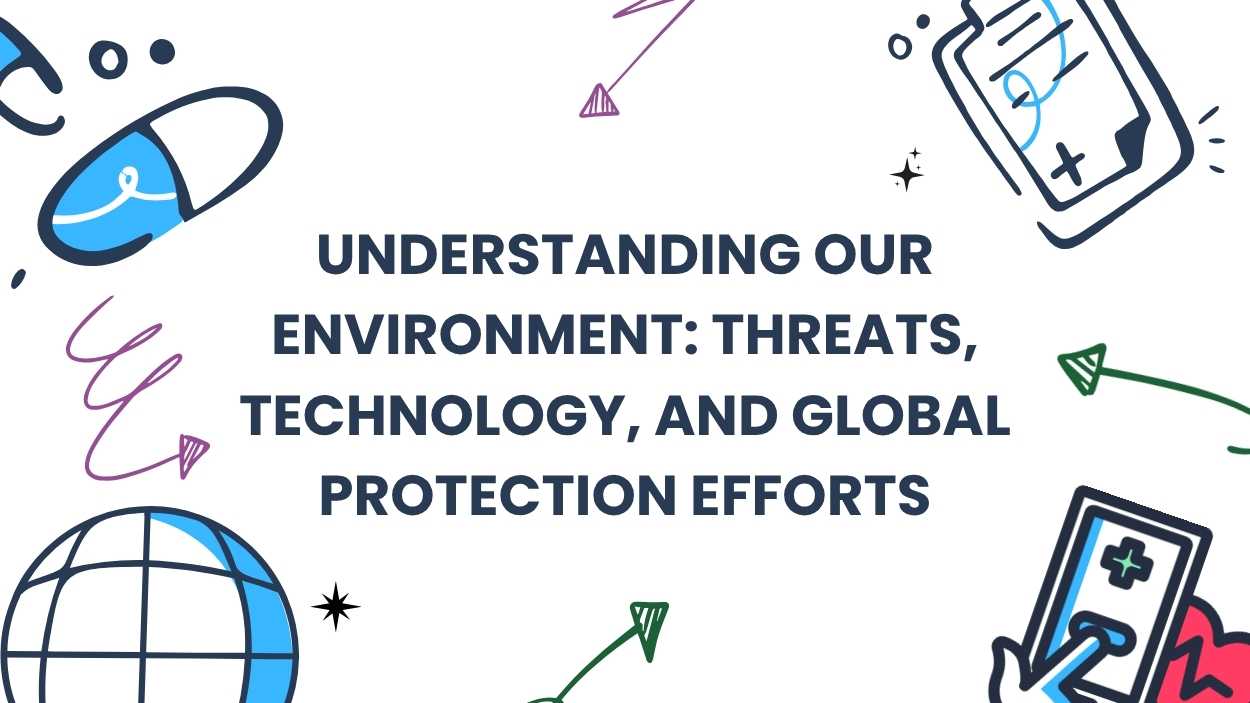The Consumer Electronics Show (CES) is a yearly extravaganza, and while it’s tempting to get swept up in the glitz and glamour, my focus is always on smart home technology. As we inch closer to CES 2025, the excitement builds. This year, more than ever, I’m hoping to see breakthroughs that go beyond incremental improvements and offer genuinely innovative solutions. My primary focus is on how to make my home a smarter and more efficient place to live, while making my life easier.
Smarter Sensors and Automated Responses
One area ripe for innovation is smart sensors. While current sensors are helpful, there’s a need for more nuanced and reliable options. I envision sensors that can differentiate between various color gradients, helping to trigger automated responses to changes in my environment. Imagine a sensor that automatically alerts you if the white tile floor is looking dirty. Furthermore, I hope to see sensors offering more information about air quality, identifying the origins of pollution within the home, and precise weight-based sensors that can analyze pet eating and drinking habits. Aqara, for example, is already a good brand and I’d be excited to see more innovative sensors from them.
Robot Evolution: More Than Just Vacuums
Robot vacuums and lawnmowers continue to evolve, promising even greater autonomy. I’m eager to see improvements in high-end robot vacuums, including integrated cleaning fluid compartments on the charging dock and remote control capabilities. Furthermore, I’d like to see more intuitive voice assistant integration, rather than clunky, separate robot assistants. Baseboard cleaning is another area where robot vacuums could excel. I’m also anticipating significant advancements in robot lawnmowers, with more robust designs for varied terrains, improved turn radii, and the potential for small, affordable models tailored for compact lawns. I’d love to see something revolutionary happen with these technologies, to make my life even easier.
Personal Robots: The Future is Now?
The promise of personal robots has lingered for years, and I’m hopeful that 2025 will be the year these technologies become genuinely useful. While early iterations have often fallen short, there’s real potential for robots to offer emotional support and light assistance with household tasks. I’m looking for a company to create a robot that could, for example, help with technological tasks or emotional support. If one of these new robots are on display, I’ll be first in line to see what it can do. It’s time for personal robots to move beyond the experimental phase and offer meaningful benefits to consumers.
Smart Home Standards: Matter and More
Finally, I’m eager to see the continued adoption of Matter, the new connection standard aimed at simplifying smart home ecosystems. The goal is to create truly interoperable devices that seamlessly integrate across platforms. I’m also hoping to see the smart home space focus on deep integrations with existing hubs. In addition, I anticipate improvements in automation capabilities. I’m eager to find multi-step and dependent automations to increase the utility of these systems. With smarter standards, these devices could make a big difference in the efficiency of my home.













